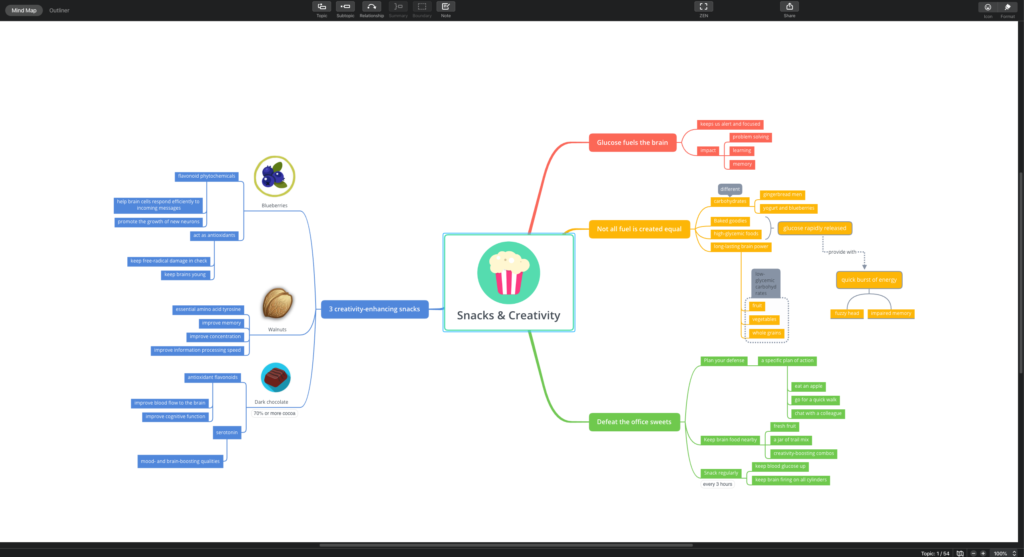Insightful Perspectives
Explore a world of engaging news and informative articles.
Mind Mapping Mayhem: Tools to Tame Your Thoughts
Unlock your creativity with Mind Mapping Mayhem! Discover powerful tools to organize your thoughts and unleash your ideas today!
Top 5 Mind Mapping Tools to Organize Your Ideas Like a Pro
In today's fast-paced world, organizing your thoughts has never been more crucial. Mind mapping tools provide a visual way to capture and structure your ideas, making them easier to analyze and develop. Here are the Top 5 Mind Mapping Tools you need to elevate your brainstorming sessions and enhance your productivity:
- XMind – A versatile tool that allows you to create stunning mind maps with various templates and themes.
- MindMeister – A collaborative online platform perfect for teams, letting everyone contribute to the same map in real-time.
- Coggle – Simple and user-friendly, Coggle facilitates creative thinking and allows for unlimited image uploads.
- MindNode – This Mac-exclusive app offers a clean interface and powerful features, including task management options.
- Freemind – An open-source tool that might lack aesthetics but makes up for it with powerful functionality and flexibility.

How to Create a Mind Map: A Step-by-Step Guide
Creating a mind map can be an incredibly effective way to organize your thoughts and ideas visually. Start by defining your central concept—this will serve as the focal point of your mind map. To begin, write this main idea in the center of a blank page, surrounded by a circle. From there, draw branches that represent related subtopics, ensuring that they emanate from the central concept. It's important to use keywords or short phrases to keep the map clean and focused. As you expand each branch, continue adding more branches that delve deeper into each subtopic, allowing your thoughts to flow freely and encouraging creativity.
Next, enhance your mind map by incorporating visual elements such as colors, images, or symbols. This not only makes the mind map more engaging, but it also aids in memory retention. Use different colors for each branch to categorize ideas, making it easier to visualize relationships between concepts. Additionally, consider employing icons or illustrations to represent specific ideas or emotions, as they can add another layer of meaning. Finally, review your mind map, ensuring it accurately reflects your thoughts and insights. Remember, a mind map is a personal tool, so feel free to adapt it to your style and preferences.
Mind Mapping vs. Traditional Note-Taking: Which One Works Best?
Mind mapping and traditional note-taking are both effective methods for organizing thoughts, but they cater to different learning styles. Mind mapping involves creating a visual representation of information, where ideas are connected through branches, making it easier to see relationships and hierarchies. This technique is particularly beneficial for visual learners, as it engages both creative and analytical thinking. In contrast, traditional note-taking typically involves linear notes, which can sometimes lead to disorganized information. While it is straightforward and familiar, it may not capture the connections between ideas as effectively as mind mapping does.
When deciding between mind mapping and traditional note-taking, consider your personal preferences and the context of your study. For instance, if you're brainstorming or working on complex concepts, mind mapping can significantly enhance your understanding and retention of information. On the other hand, if you are preparing for exams or organizing lecture notes, traditional note-taking may be more efficient. Ultimately, both methods have their advantages, and experimenting with each can help you determine which note-taking style works best for your unique learning needs.